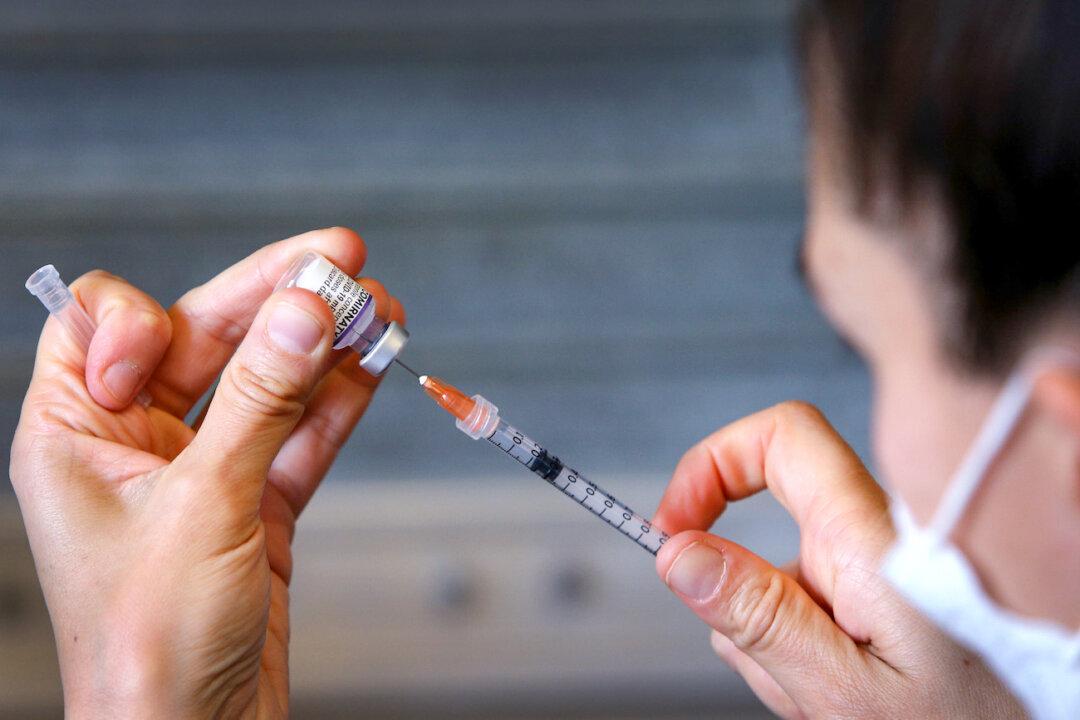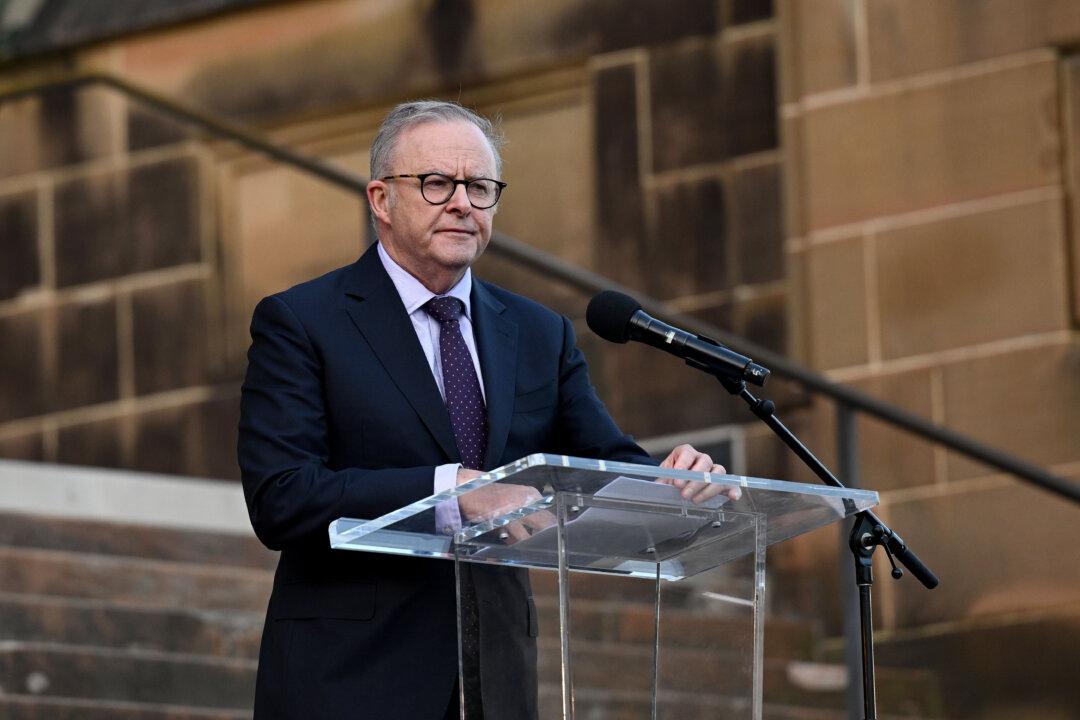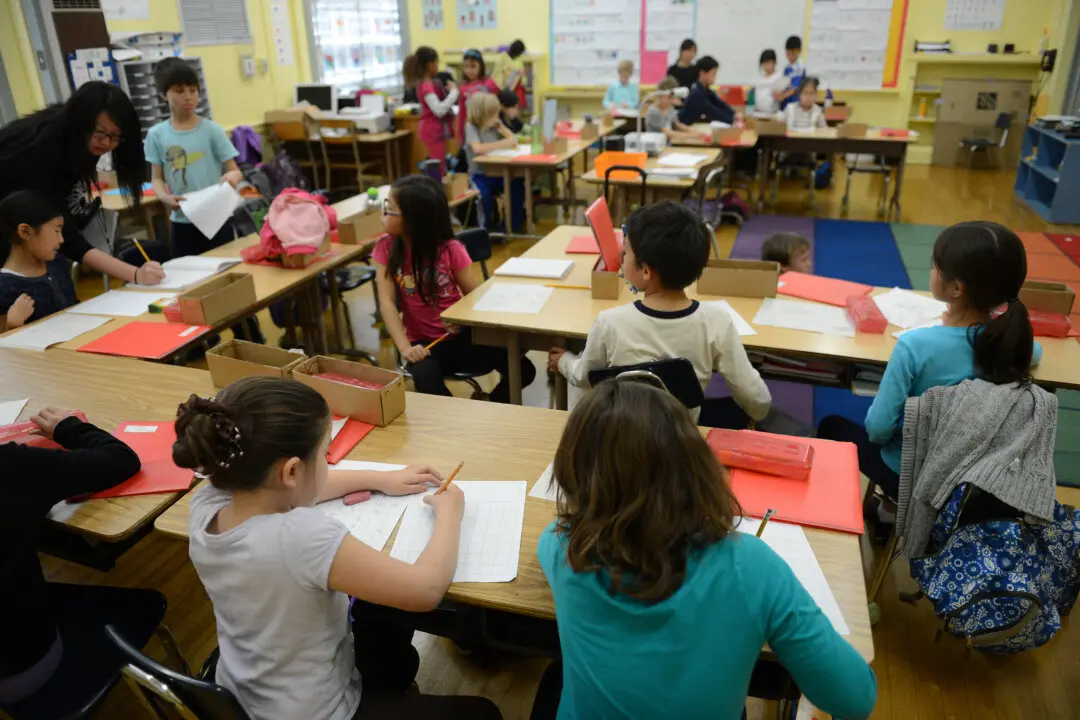The number of Australians getting vaccinated against COVID-19 and other serious diseases has decreased, a new report found.
Millions of older Australians at high risk of serious illness are not getting vaccinated against COVID, flu, shingles, and pneumococcal disease, according to the Grattan Institute report, A fair shot: How to close the vaccination gap.




